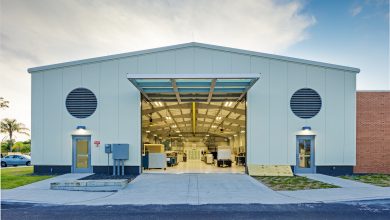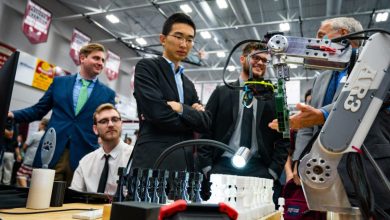Parking Sensor System Shows Spot Availability
Will there ever be a solution to the “parking problem” on campus?
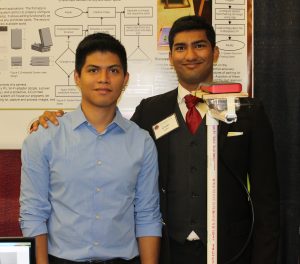 Students Corin Lobo, Charles Petersen and Xavier Merino unveiled their parking sensor system that includes a mobile application at the 2016 Northrop Grumman Engineering & Science Student Design Showcase.
Students Corin Lobo, Charles Petersen and Xavier Merino unveiled their parking sensor system that includes a mobile application at the 2016 Northrop Grumman Engineering & Science Student Design Showcase.
The Parking Camera Project monitors multiple parking lot spaces and displays their availability on a mobile application. It uses an embedded parking sensor system with a camera mounted above the parking lot to routinely capture images of the parking spaces using machine learning and imaging algorithms.
The idea for the parking sensor system came after team members circled multiple parking lots looking for a spot before class one day.
“Our project is a direct solution to parking issues affecting organizations and universities like Disney and Florida Tech,” Lobo said. “Many commercial solutions have been developed to combat this. However, they require sensors to be implemented at every parking spot in the structure with a complex and costly system.”
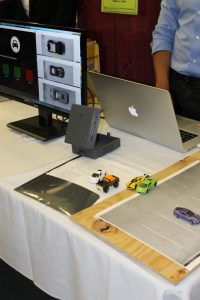 In order to bring their parking sensor system to life, the team needed to develop an in-depth understanding of Raspberry Pi and its power requirements to identify how an external power source would support the sensor.
In order to bring their parking sensor system to life, the team needed to develop an in-depth understanding of Raspberry Pi and its power requirements to identify how an external power source would support the sensor.
“Keystones of our project required that it operate using its own power source without constant supervision and the ability to be deployed quickly, configured, operated for a desired length of time and be easily removed,” Lobo said. “These keystones set operating limitations on the system.”
For example, all processing has to occur on the embedded system and requires a good deal of power. The team faced a couple of challenges. Areas of large power consumption had to be limited during picture capturing and data transmission and challenges were found when tweaking the algorithm for maximum accuracy. To test the device, the team built scale models of parking lots and cars and fine-tuned the system to guarantee accuracey.
Their project’s design and software solution costs $60 for development.
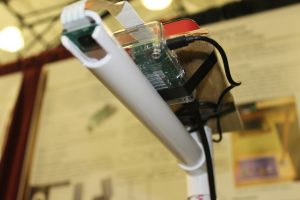 Lobo believes student design is a great mock-up of almost every engineering job after graduation. Their project involved working with a team of engineers with different focuses and specialties. The team had to communicate and organize workloads efficiently to complete the project. Budgeting and hard deadlines improved their accountability and account management skills as well. “It made us realize that we chose the right major and that all of our hard work has paid off,” Lobo said.
Lobo believes student design is a great mock-up of almost every engineering job after graduation. Their project involved working with a team of engineers with different focuses and specialties. The team had to communicate and organize workloads efficiently to complete the project. Budgeting and hard deadlines improved their accountability and account management skills as well. “It made us realize that we chose the right major and that all of our hard work has paid off,” Lobo said.
Lobo advises future students to pick a project they are passionate about and not to procrastinate just because they have “a year to do it.” It is important to do research on software and hardware as well as the needs of the project’s targeted audience.
“Further simulate what you can to catch and prevent issues later on in development,” Lobo said. “Keep logs of everything you do. And feel confident and proud of what you achieve!”




